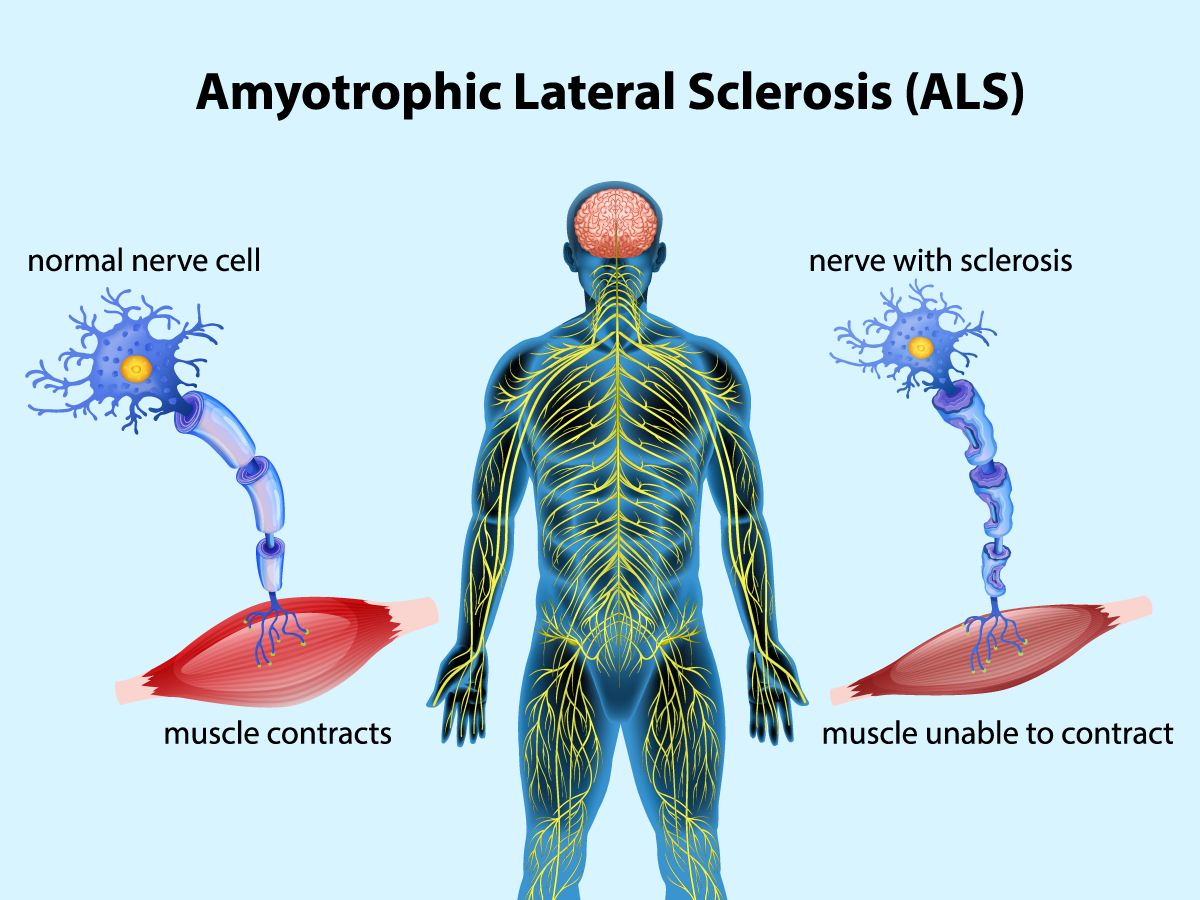For individuals with limited mobility or neuromuscular conditions, navigating the digital world can be a significant challenge. Traditional methods of computer interaction, like keyboards and mice, may be difficult or even impossible to use. However, CMOS image sensor technology coupled with eye tracking is offering a groundbreaking solution: the Eye Mouse.
Unlocking Independence:
The Eye Mouse is a computer interface that allows users to control the cursor on a screen using their eye movements. Inspired by research like “A Low-Cost and Portable Eye-Gaze Controlled Human-Computer Interface Using a CMOS Image Sensor” (Sensors, 2021), this technology utilizes a CMOS sensor to track eye movements precisely and translates them into cursor movements.
Empowering Individuals:
The Eye Mouse empowers individuals with:
- Greater independence: Users can access computers and perform various tasks independently, increasing their autonomy and sense of control.
- Improved communication: Individuals with speech impairments can utilize the Eye Mouse for communication through text-to-speech software or other assistive technologies.
- Enhanced educational and professional opportunities: The Eye Mouse opens doors for learning and employment by allowing individuals to interact with educational materials and professional software with ease.
Accessibility and Affordability:
One of the key strengths of this technology is its accessibility and affordability. Researchers are continuously working to develop low-cost and portable Eye Mouse systems, making them accessible to a wider range of individuals.
Looking Forward:
The future of the Eye Mouse is bright. As CMOS technology advances, we can expect even more accurate, affordable, and user-friendly devices. Additionally, integrating machine learning algorithms can further optimize the Eye Mouse experience, offering personalized calibration and adaptive control features.




